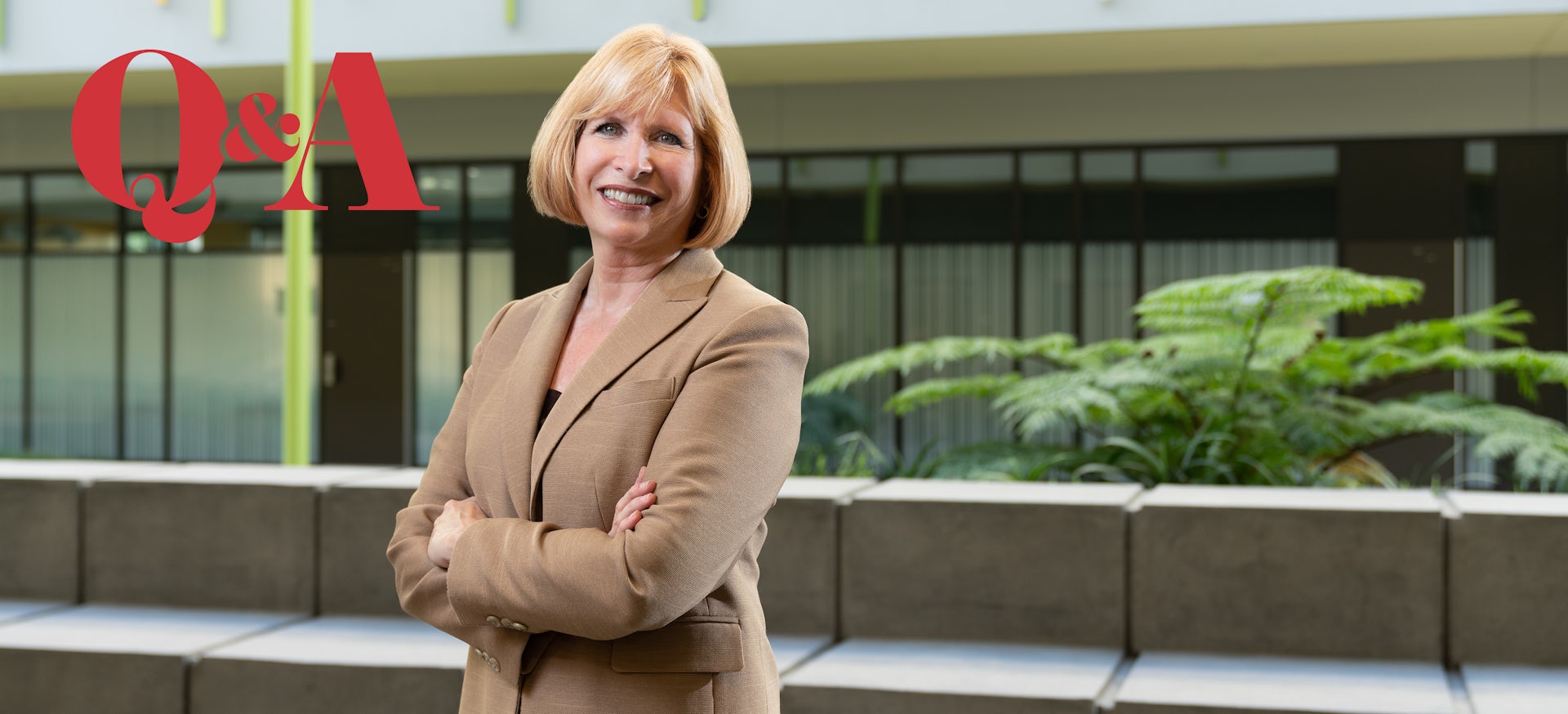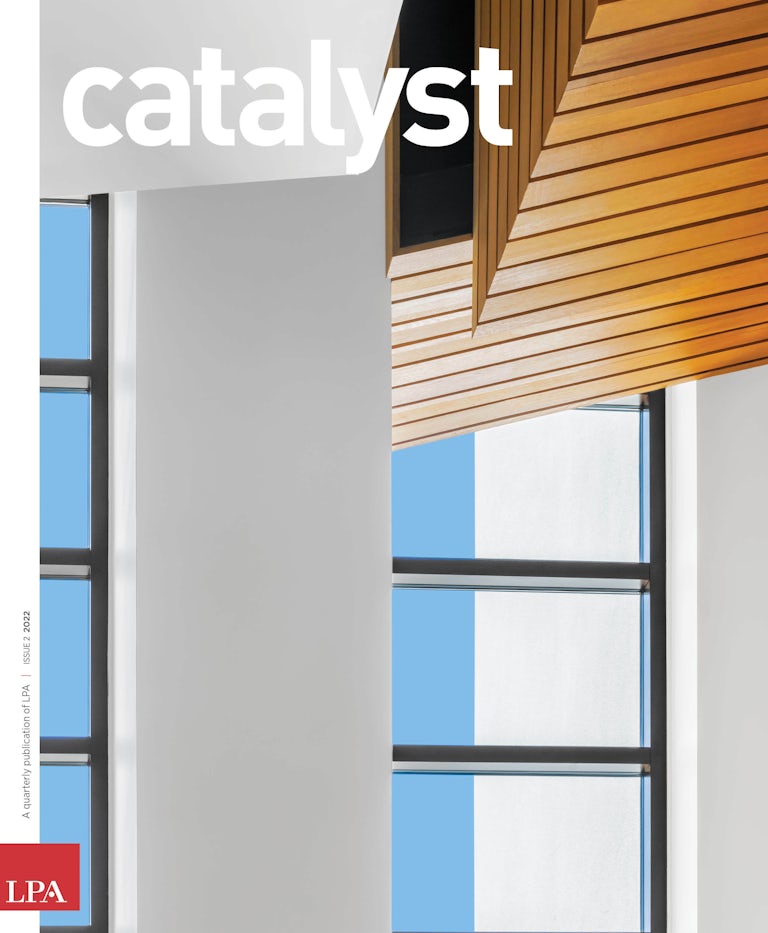Cypress College President Dr. JoAnna Schilling discusses the changing role of community colleges and the push to do more to support students
Four years after taking the president’s job at Cypress College, Dr. JoAnna Schilling is leading the Southern California community college through the pandemic and reshaping the campus to meet future needs. Her school is taking on new challenges and creating facilities to support students in different ways, including a new Science, Engineering and Math complex and a Veterans Resource Center designed by LPA.
The role of the community college might be changing, but she remains focused on the mission to provide students a path to a four-year school or career track.
“We serve the students who may not have access to higher education,” Dr. Schilling said in an interview with Catalyst. “It’s an incredibly important role, in my opinion, to create the workforce of tomorrow.”
How is the pandemic affecting your long-term strategies?
Students are telling us that they want some flexibility. Before the pandemic, we offered about 21% of our courses online. When we get back to normal, whatever that is, we know that’s going to at least double. I suspect it’s going to be something like 40% of classes will be held online or in a hybrid modality.
The pandemic has definitely accelerated discussions about creating new strategies around student engagement spaces, outdoor classrooms and performance space, and rethinking our needs for traditional office classroom space.
How do you see the role of the community college evolving?
We are still the gateway to higher education for the majority of students, and our role is even more critical now. The pandemic has disproportionately impacted the students who can least afford the disruption. Things like access to technology, student services and supporting students’ basic needs so they can continue with their education are critical. Students are asking for a hybrid modality that fits their schedules and doesn’t require commuting to campus every day. But they still ask for the human connection of campus life and interacting with their professors and peers.
What are the big challenges you’re focusing on in the years ahead?
One of the problems of the community college has been the length of time it takes to get a degree. The majority of our students attend part time. In many cases, they are working full time. We have spent a lot of time and energy and money trying to find ways for students to work less and take more classes so they can finish faster. The vast majority of students who take four, five, six years don’t complete. If we can help students reach their goals more quickly, then we have definitely addressed our mission.
Is student housing a priority for you at this point?
It’s a big priority. We’re actively working to create these spaces, and we have applied for a grant from the state. Housing wasn’t initially part of the community college mission. But about 40% of our students are from our service area. The rest commute to Cypress College. Many are adult learners, which means they already have families, and they simply can’t afford to live in Orange County. Having housing options would help many of our students achieve their degrees or certificates.
How are your new facilities — the Science, Engineering and Math (SEM) building and the Veterans Resource Center (VRC) — fitting into your larger campus goals?
They have already become favorite spots on campus. Both were designed to combine learning with experiential engagement. For example, our outdoor labs surrounding the SEM building allow students to experience learning in an outdoor space. The indoor labs combine beauty and function and enhance the learning experience.
In our VRC, the openness of the space combines support with engagement. Students and staff are loving these new spaces. It’s really built to serve as a study space and a place where people just hang out and connect with one another. It’s also a place where they can see a counselor or a faculty member or get support from their peers. LPA has really shown us the vision of what our new spaces can be and already are evolving to be.



